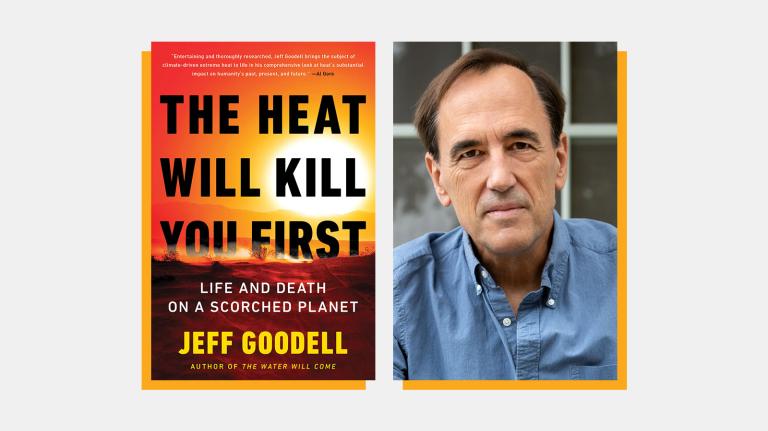This story is part of Record High, a Grist series examining extreme heat and its impact on how — and where — we live.
In late June 2021, a high-pressure atmospheric system settled over Seattle to create an inescapable heat dome. Jean-Paul Yafali, a resident of nearby Kent, Washington, thanked his good luck for the two secondhand air-conditioning units that a friend had given him back in 2019. He wasn’t used to this kind of stifling heat — not in Seattle, and not even in Kinshasa, Congo, where he grew up.
“I’m from a country where it’s really hot,” Yafali told Grist. But during Seattle’s heat dome, “it was impossible for me to last a couple minutes” outside.
By Monday the 28th, the temperature in Seattle would climb to a record-breaking 108 degrees Fahrenheit, nearly 40 degrees above normal for that time of year. National Weather Service officials warned that the pavement could reach 170 degrees in some places. Yafali and his family found respite in their AC, but they were fortunate outliers; Seattle, known for its cool, wet winters and mild summers, is one of the least air-conditioned big cities in the country. To avoid overheating, people boarded up windows with cardboard boxes. They soaked their feet in buckets of cold water and bought squirt bottles. They took refuge in shady parks or in community cooling centers.
The Pacific Northwest heat wave of 2021 was one of the most extreme ever recorded globally, a “historic, dangerous, prolonged, and unprecedented” event that took a hefty toll on people and infrastructure. Between British Columbia, Washington state, and Oregon, more than 800 people died and thousands more visited the emergency room for heat-related conditions like kidney failure and encephalopathy. Police officials in Vancouver said they spent entire 12-hour shifts going “from one sudden death to another.”
The blistering weather had many people wondering: Is this climate change?
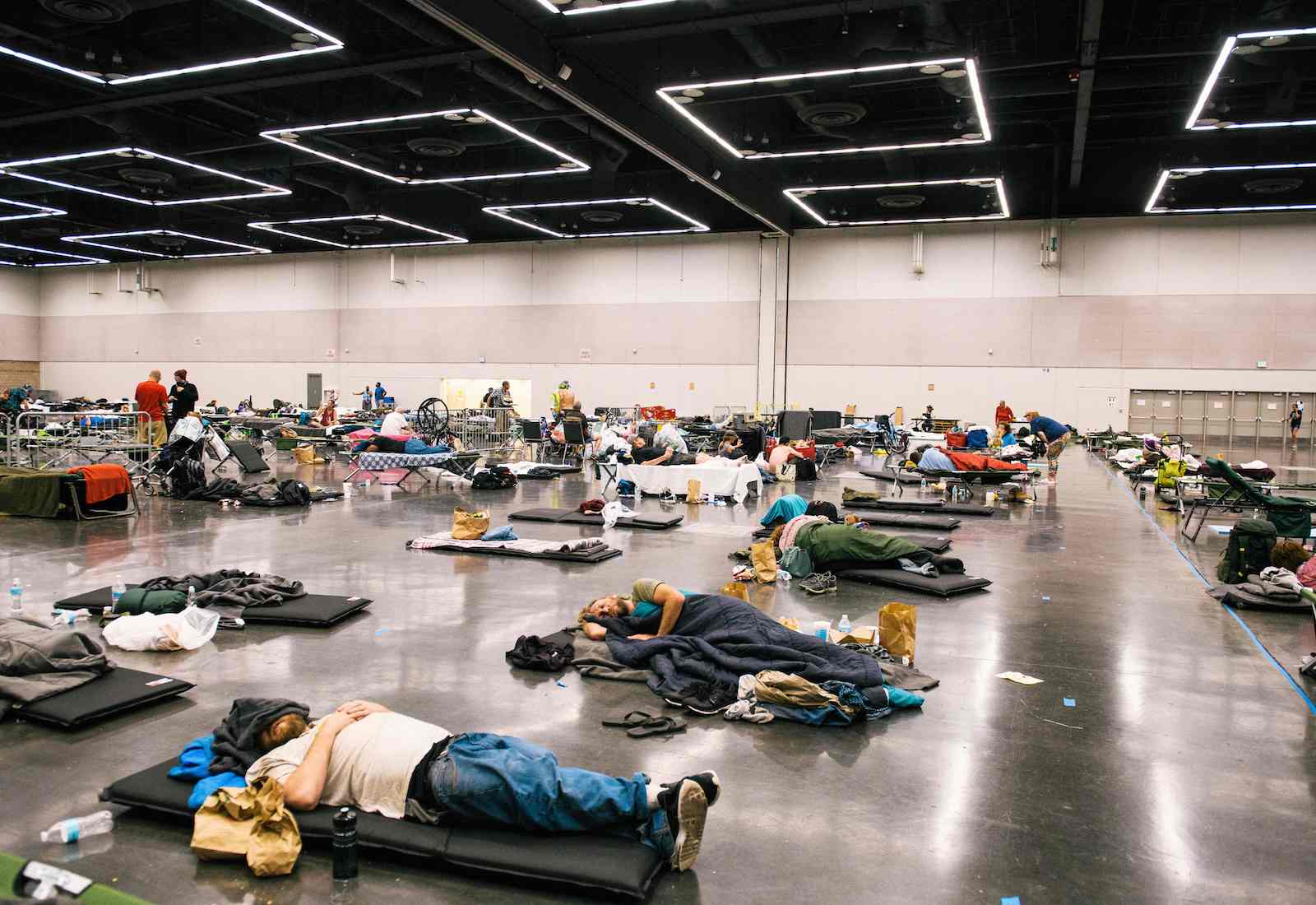
The short answer is yes. Although the event was exceedingly abnormal — a 1-in-1,000-year event in today’s climate, according to some estimates — researchers say that without global warming it would have been at least 150 times rarer and several degrees cooler.
Indeed, heat waves around the world are happening more frequently and reaching higher temperatures because of climate change. We know this thanks to the rapidly growing field of attribution science, which allows scientists to examine the link between rising levels of atmospheric carbon dioxide and extreme weather events. When a heat wave strikes — or another disaster, for that matter, be it a hurricane, drought, or very heavy rain — attribution scientists can determine the role that climate change played in its intensification.
With extreme heat in particular, the answer is often tens or even hundreds of times more likely, thanks to a complicated mix of factors like abnormally dry soils and hotter-than-usual air. In fact, scientists are now comfortable assuming that all heat waves are being made more severe or likely because of climate change.
At any given time, extreme heat is now affecting about one-tenth of the Earth’s land area, and scientists have observed an eightfold increase in record-breaking hot months over the past decade, compared to what would be expected in a world without climate change. Already, the U.S. is experiencing periods of abnormally hot weather at least three times more often than it did in the 1960s. Researchers estimate that another 1 degree Celsius (1.8 degrees F) of warming could turn something like the Pacific Northwest’s freak heat dome into a once-in-a-decade affair.
A cooling weather pattern called La Niña has suppressed global temperatures since 2020, but scientists announced this spring that a new, hotter pattern — El Niño — is emerging to replace it. Although experts say its full effects won’t be felt until next summer, it may already be contributing to some of this summer’s heat extremes.
El Niño, climate change, and extreme heat
Earlier this month, Earth logged its seven hottest days ever. And in June, a punishing heat dome brought triple-digit temperatures to more than 55 million people across the Southern U.S., straining emergency services and causing more than a dozen deaths. The heat was exacerbated in states like Louisiana, where high humidity combined with searing temperatures to create a heat index of up to 125 degrees F, meaning what the body feels, not just what the thermometer says.
Heat, one of the best-understood extreme weather events tied to climate change, doesn’t tend to draw the same attention as other disasters like hurricanes and wildfires. But that may be starting to change. In the U.S., scorching temperatures cause more deaths than any other weather-related disaster, claiming nearly 170 lives every year. And as climate change drives global temperatures even higher, heat waves will only become more lethal, disrupting the lives of billions of people across the planet.
Unlike other extreme weather events, heat waves are highly context-dependent. That is, they’re defined by their deviation from what’s considered a normal temperature for a given place. When the mercury hits 95 degrees F in San Francisco, for example, that might be considered a heat wave — but not so in Phoenix, where summertime temperatures routinely exceed 100 degrees F.
Most heat waves do share a common origin story, though. Broadly speaking, they form when a high-pressure air system parks itself over land, forcing air to sink to the ground. This air heats up as it compresses and becomes trapped, unable to dissipate into the upper atmosphere. Such a system also makes cloud formation less likely. (Cold air forces water out relatively quickly compared to hot air, and this water becomes clouds.) This allows more sunlight to reach the ground and exacerbate warming.
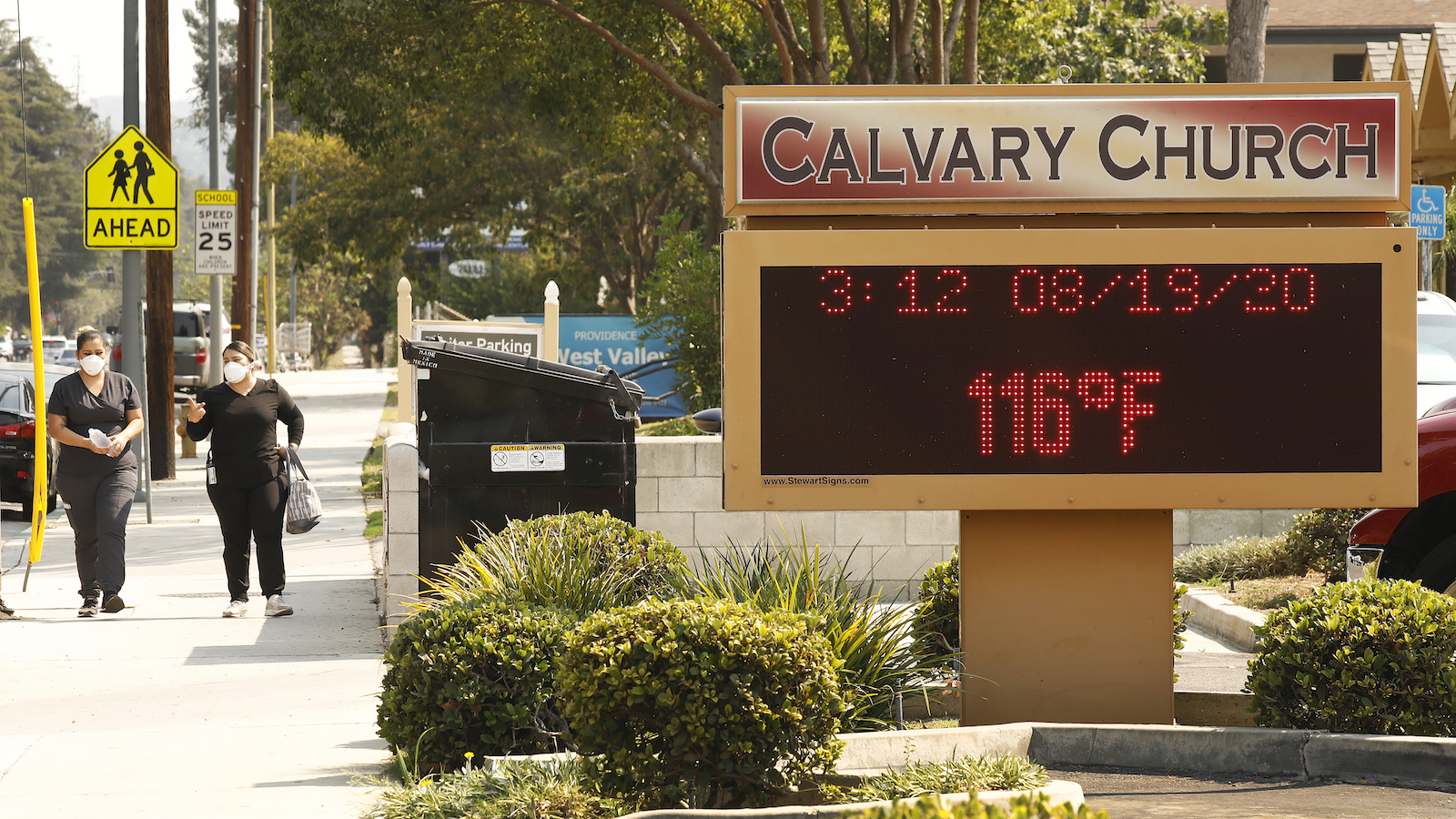
Radley Horton, a scientist who studies ocean and climate physics at Columbia University, said there are a few additional “ingredients” that can converge to create a heat wave. Drier conditions, for example, mean more of the sun’s energy can go toward heating the air rather than evaporating water from plants and the soil. The time of year can also play a role: At latitudes farther from the equator, the Earth’s tilt can lead to summer days with 15 hours or more of sunlight — a long time for heat to build up.
All these factors in combination are “a recipe for a lot of sunlight and warming, stagnant air,” Horton said.
Huge atmospheric wind patterns called jet streams also play a role in forming heat waves. These jet streams — like the subtropical jet stream that affects the U.S. — are driven by temperature gradients between the warm tropics and the colder poles. They carry air from west to east across the globe, but also wobble from north to south. When the subtropical jet stream bulges north, it can invite warm air from the south and trap it in place, leading to what scientists call atmospheric blocking.
“When the jet stream meanders, it creates a heat dome, a pool of very warm air under this displaced jet stream,” said Noboru Nakamura, an expert on atmospheric and environmental fluid dynamics at the University of Chicago. “It’s almost like a warm blanket.”
This is what happened to an extreme degree in the Pacific Northwest in June 2021. A particularly strong blocking pattern called an omega block — so named for its resemblance to the Greek letter of the alphabet — anchored itself above Oregon, Washington, and British Columbia for several days, combining with other favorable factors like dry air and proximity to the summer solstice, the longest day of the year. The result: “unheard of” surface temperatures, as Nakamura put it, that reached as high as 121 degrees F in Canada. A similar phenomenon was behind last month’s heat dome in the South, where temperatures climbed to 119 degrees F in parts of Texas.
In a way, it seems intuitive that extreme heat would be getting worse in the face of climate change. Global warming, after all, involves warming. But scientists have a way to more rigorously test that intuition: They use computer models to reconstruct the global climate with and without human-added greenhouse gas emissions, and then compare the likelihood of a heat wave in either scenario.
There are a few ways to go about these analyses. The most common, known as probabilistic analysis, is used to produce statistics about a heat wave’s increased likelihood and intensity under climate change. First, scientists identify an extreme heat event and chart it against other observed extremes going back 50 or more years (the longer the better, depending on the data available). Then they use climate models to simulate how anomalous the event would be in today’s climate versus the climate of the preindustrial 1800s, before global warming.
Consider the “1-in-400-years” heat wave that hit Spain, Portugal, Morocco, and Algeria this April. Over the course of a few days, “superheated air” from the Sahara Desert swept through the region, bringing temperatures that were up to 36 degrees F above normal for that time of year. At the Córdoba airport in Spain, the thermometer hit 102 degrees F — the hottest April temperature ever recorded in Europe. Researchers at World Weather Attribution, an international collaboration among climate scientists, plotted the region’s highest expected three-day temperatures in today’s climate against the expected time interval between those temperature extremes. (The higher the temperature, the less frequently you’d expect it to occur.) When they compared this to simulations of a world with 1.2 degrees C (2.2 degrees F) less warming, they found that a heat wave like April’s used to be more than 100 times rarer, occurring less than once every 40,000 years.*
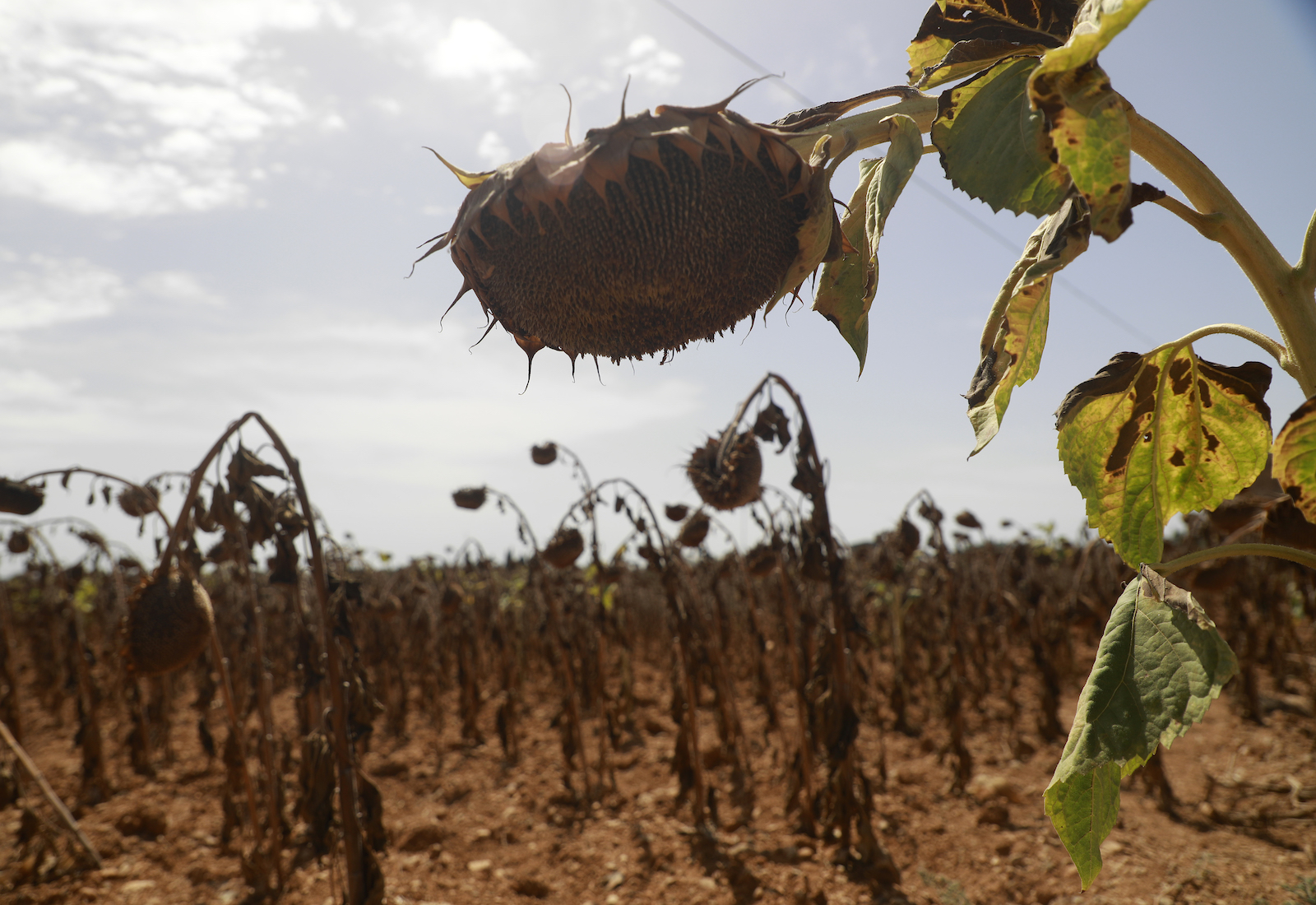
Scientists have reached similar conclusions for dozens of other heat waves. Out of more than 150 heat-related attribution studies that researchers have conducted since the early 2000s, more than 93 percent have shown evidence of human influence. “You can be confident that heat waves are increasing everywhere globally due to climate change,” said Sarah Kew, a climate researcher at the Royal Netherlands Meteorological Institute and a core contributor to World Weather Attribution, an academic collaborative.
According to the United Nations’ Intergovernmental Panel on Climate Change, heat waves that used to happen once every decade in the preindustrial era are now happening nearly three times as often and are 1.2 degrees C (2.2 degrees F) hotter. At 2 degrees C (3.6 degrees F) of warming — the upper limit that nearly 200 countries have agreed to as part of the Paris Agreement — they’ll happen 5.6 times per decade and will be 2.6 degrees C (4.7 degrees F) hotter.
Although rapid weather attribution studies don’t usually consider the specific reasons why climate change is making heat waves worse, Horton, the Columbia University professor, said there are a few heat wave ingredients that can be reliably linked to climate change: drying soils and vegetation, for example, or warming bodies of water that can’t cool the air as much as they used to. Some experts also suspect that the warming Arctic — which has heated up four times faster than the rest of the planet since 1979 — could be causing a slower, wobblier jet stream, which would be more conducive to atmospheric blocking. But this is still an area of debate.
Other researchers are also beginning to show how heat waves can have knock-on effects for other natural disasters. Marine heat waves, for example — which have become more common over the past decade — may contribute to stronger hurricanes, since they warm up air above the water. This extra heat lowers the pressure and can create swirling, hurricane-force winds. High heat is also a key ingredient in tornadoes and severe thunderstorms that cause lethal flooding, making it possible that these disasters will get worse with more frequent and intense heat waves.
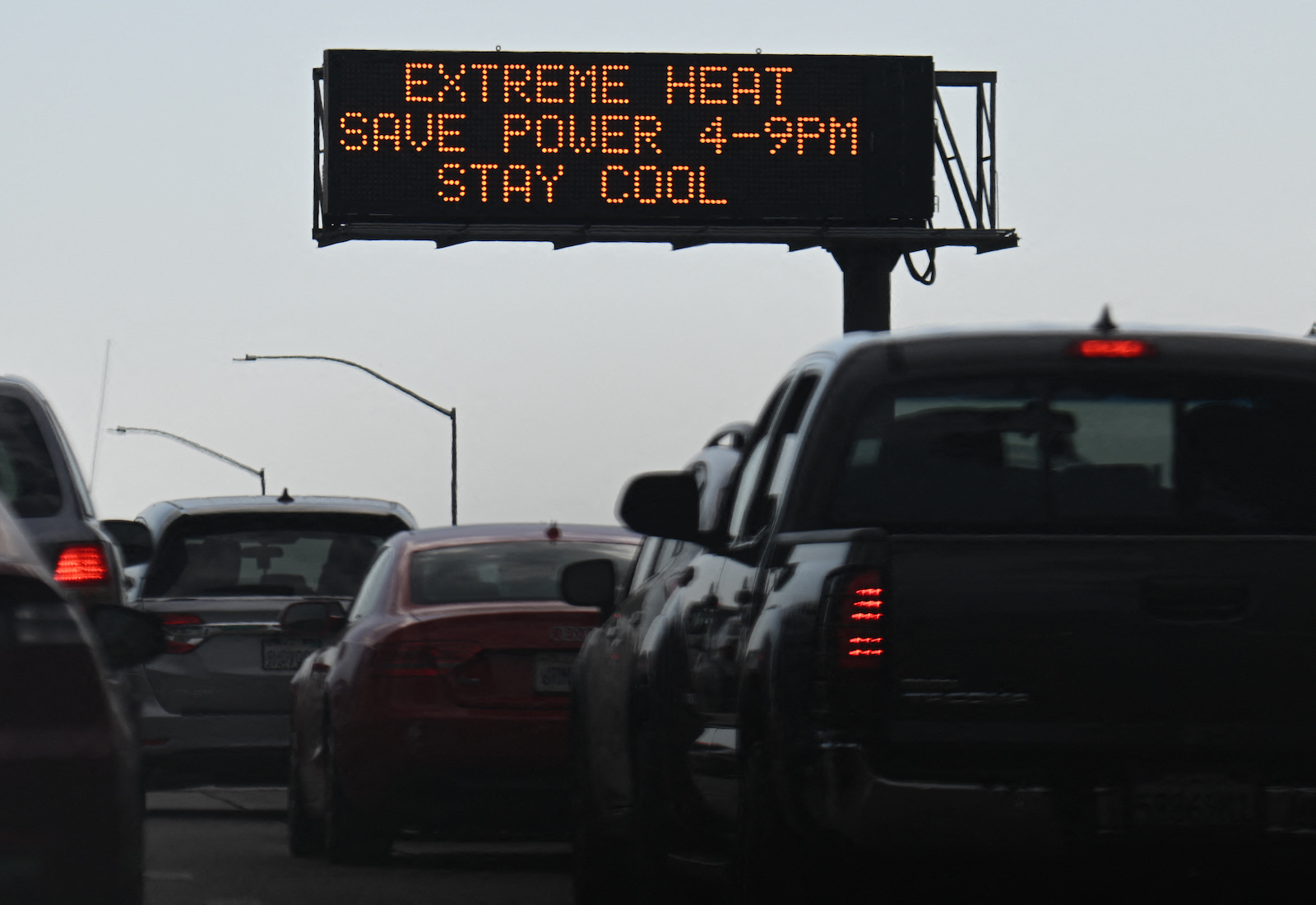
Droughts and wildfires also interact with heat waves in sometimes complicated ways: A heat wave can often exacerbate drought, drying out soils and plants by increasing “evaporative demand,” a measure of how thirsty the atmosphere is. This in turn can create conditions that are ripe for wildfire, as forests and grasslands dry out. But, as noted above, these parched conditions can also make heat waves more powerful — creating a feedback loop in which dry conditions and scorching temperatures reinforce each other. Researchers estimate that, under 2 degrees C (3.6 degrees F) of warming, compound events where both heat waves and drought occur simultaneously will become more severe and happen about once every eight years — four times more often than in the mid-20th century.
As heat waves worsen, so too does the sense of dread they bring to vulnerable populations.
“Even before it happens, there’s a lot of anxiety,” said Esther Min, director of environmental health research partnerships for the nonprofit Front and Centered, a coalition of Washington state-based organizations led by communities of color. “It’s already brutal on the physical body when it is hot, but if you know it’s going to be difficult and you might not be able to escape it? … There’s that mental health aspect that I hear people these days talking about a lot more — that anxiety, that grief, that frustration.”
This only compounds the physical risks of heat waves, she added, which may include everything from dehydration to heat stroke. As with virtually every other climate impact, these risks are inequitably distributed. They fall disproportionately on poor people, many of whom can’t afford an AC unit or the added electricity costs that come with it, or on people of color, who may live in redlined neighborhoods that experience an urban heat island effect thanks to a lack of cooling tree cover and green space. Such areas can feel up to 20 degrees hotter than other neighborhoods — usually whiter, more affluent ones with more greenery.
Children, the elderly, and people experiencing homelessness are also ill-protected from extreme heat. “We need to think of how we can protect these vulnerable populations,” said Yafali, who works for the organization Nested Communities to provide rental assistance, transportation services, and other aid to Seattle-area youth of color who are at risk of losing their housing. He said many of the people he works with have struggled to cope with the region’s increasingly frequent bouts of extreme heat.
As the heat gets worse, community organizers like Yafali and other groups across the country are calling for a range of solutions, including more heat pumps in apartment buildings — which provide both heating and cooling — and community monitoring systems to check in on at-risk neighbors. Seattle is looking at some of these solutions as part of its first-ever extreme heat mitigation strategy. Martha Lucas, executive director of the Washington State Coalition of African Community Leaders, said something as simple as better communication systems could also help. A lot of the people she works with don’t use email or don’t speak English, she said, making it harder for them to receive temperature warnings and guidance on how to keep cool. “They have a wide range of ages and abilities, and not everybody understands,” she said.
Still, progress is slow and some people are already being pushed to their limits. Even with his AC units, Yafali is nervous for Seattle’s next heat wave — especially how it will affect his young daughters. Back in 2021, he saw them through the extreme heat by checking in compulsively, making sure they were drinking enough water and not spending more than 30 minutes at a time in the blazing sun. “We were able to navigate the heat dome,” he said, even as he witnessed many others deal with crippling heat cramps and exhaustion.
“I’m really worried,” he said. “We have to better prepare.”
*Correction: This article originally misstated the expected frequency of April’s heat wave in North Africa and the Iberian Peninsula. Heat waves of similar intensity used to occur once every 40,000 years and are now 100 times more common.
